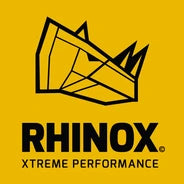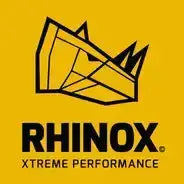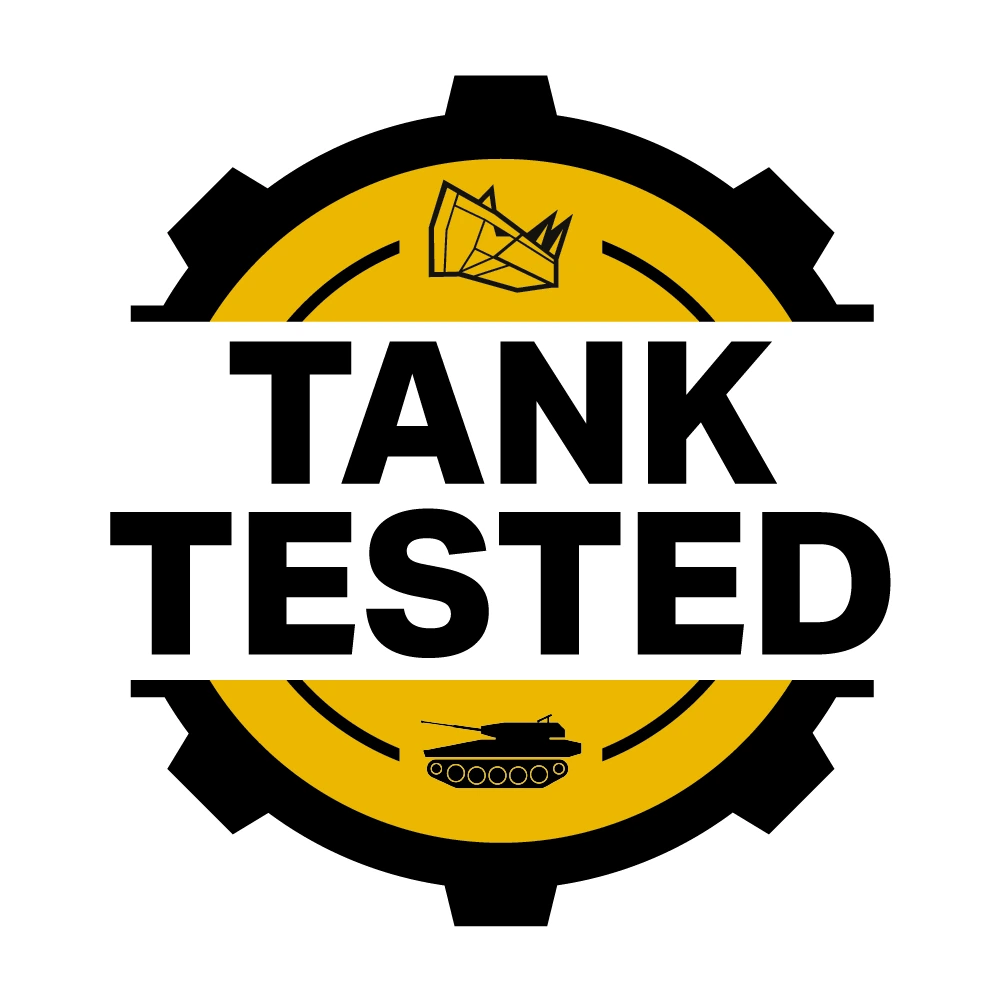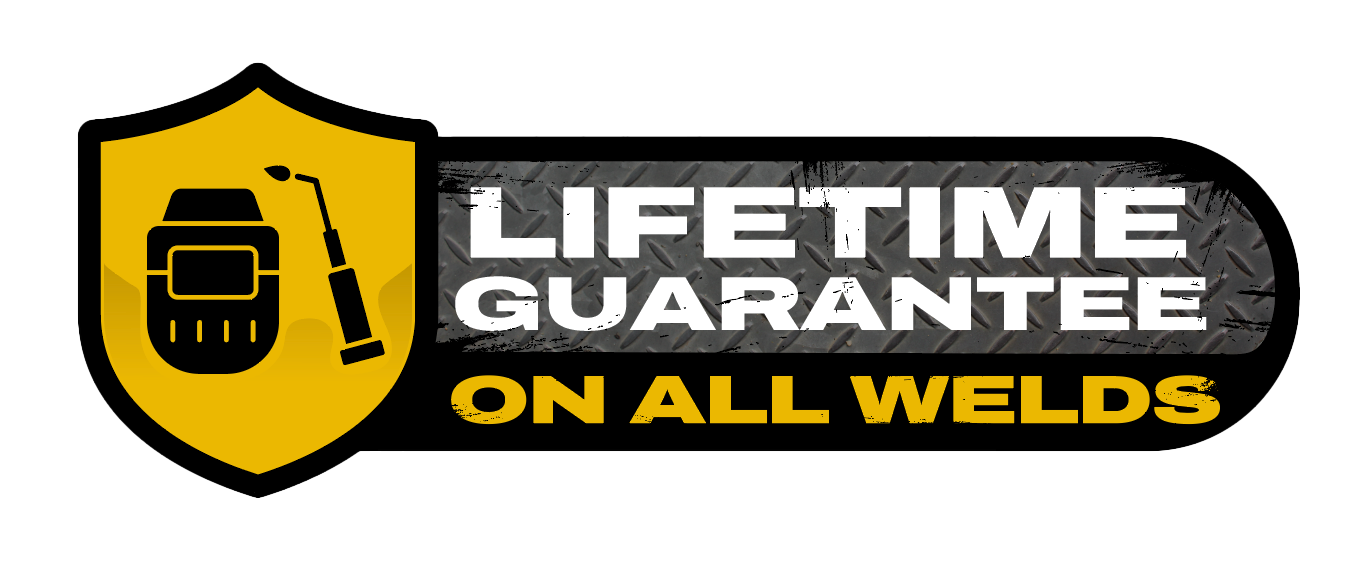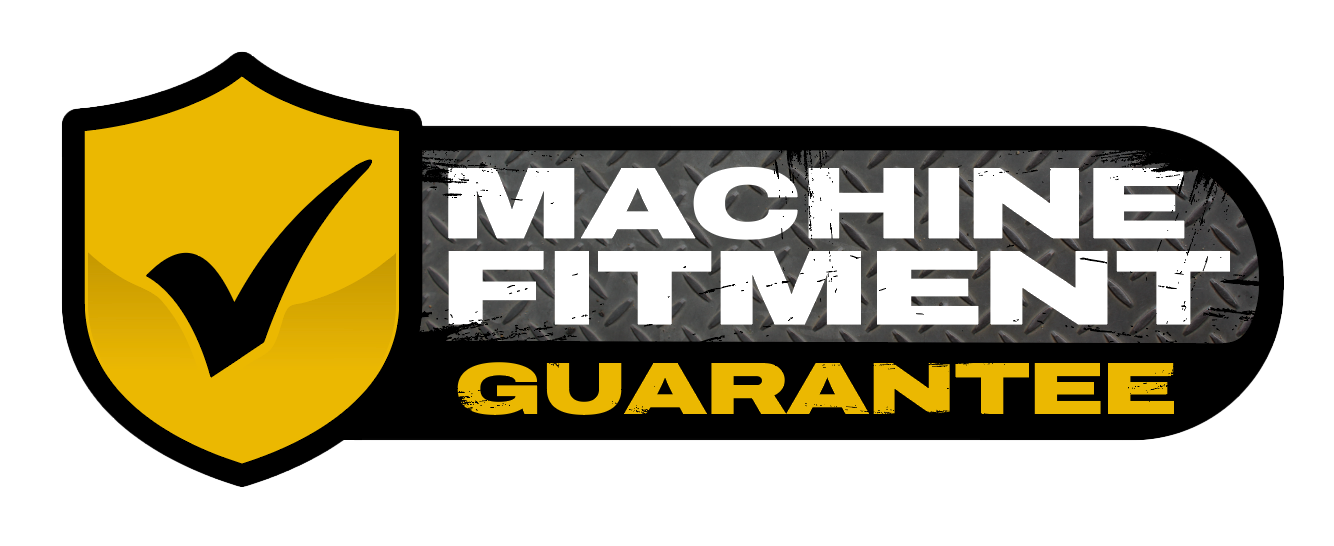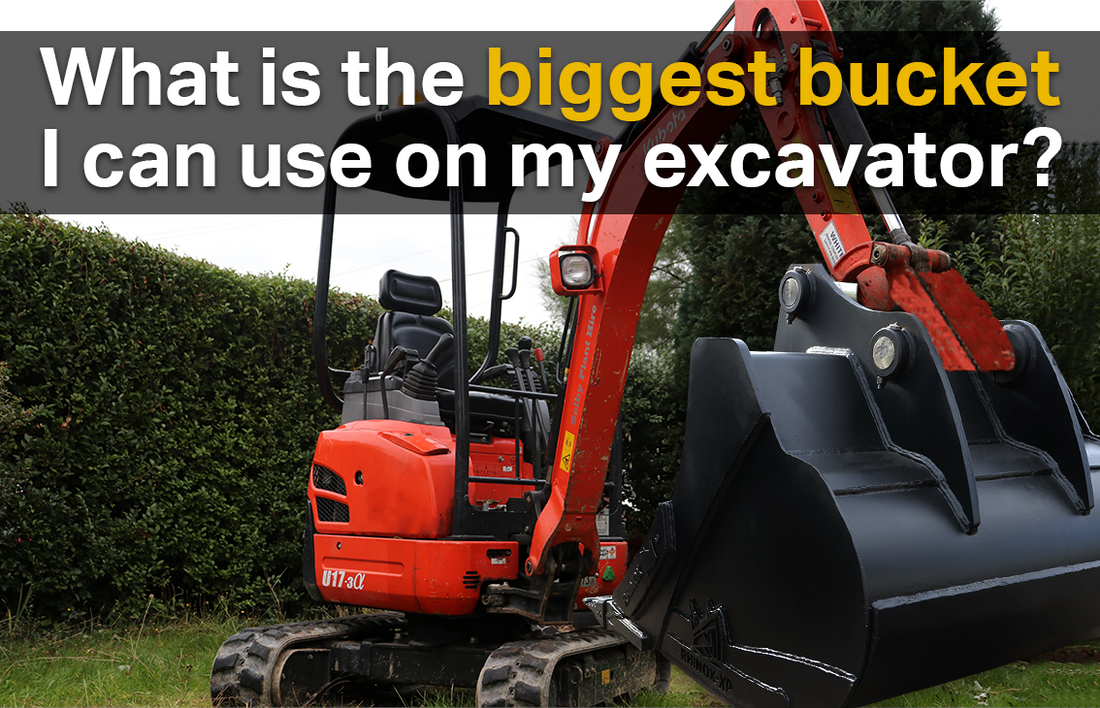
What is the biggest bucket I can use on my excavator?
We frequently talk to customers who want the biggest bucket they can find on their excavator or mini digger so that they can dig and move large amounts of material as quickly as possible with the least amount of effort. This may seem like an obvious and justified reasons but understanding the maximum size buckets for your machine can be slightly more complicated. Every excavator / digger will have different working specifications which means that the maximum weight your excavator can withstand, and work effectively with, will differ from smaller or larger machines. Keep reading this article to find out the maximum bucket size for your machine and why we don't recommend using oversized buckets.
Don't want to read? Watch this video instead.
Are you unsure what size buckets your machine can operate with?
View the table below:
Excavator Size(Tons / Lbs) |
Digging Buckets(Inches) |
Ditch Cleaning Buckets(Inches) |
| 0.75 T / 1,680 Lbs | 3" DD, 4" DD, 5" DD, 6", 9", 12", 18", 24" | 30" |
| 1.5 T / 3,360 Lbs | 3" DD, 4" DD, 5" DD, 6", 9", 12", 18", 24" | 36", 39" |
| 2 - 3 T / 4,480 - 7,000 Lbs | 4" DD, 5" DD, 6" DD, 9", 12", 18", 24", 30" | 48" |
| 4 T / 9,000 Lbs | 9", 12", 18", 24", 30", 36", 39" | 48", 60" |
DD = Deep Dig / Micro Trenching Buckets
What happens if I use an oversized bucket? Why don't Rhinox make oversized buckets?
There are 3 main reasons why you shouldn't use an oversized bucket / a bucket deemed too big for your machine. See below for more information on why we believe you shouldn't use an oversized bucket and why we don't make them.
Reason 1) An oversized bucket will cause the machine to work too hard
The extra weight of the oversized bucket means that your machine will have to work beyond it's manufactured specifications. This means that the machine will have to work much harder to dig, lift, pull and move material. The added weight to the machine will cause it to struggle, making each stroke and cycle longer. This, not only reduces the efficiency and makes the overall job take longer, but it can also cause more serious issues to your machine - like damage.
Reason 2) An oversized bucket will cause excessive stress on your excavator arm and the hydraulic systems of your machine causing damage
If you push your excavator beyond it's working capability, it can cause damage to your digger arm and the hydraulic systems of your machine. For example, causing components to snap, tear, crack or bend. This can be an expensive repair job or could potentially cause irreparable damage to various components on your machine. Both outcomes leading to the excavator being out of use and money being spent on repairs.
Reason 3) An oversized bucket could cause your machine to nod or topple over
The size of the bucket you're attaching to your excavator will determine how unstable your machine will be during use. If your bucket is oversized it will cause the machine to 'nod' during use. This means you will rock backwards and forwards with every stroke or arm movement. If your bucket is extremely oversized it could even cause your machine to topple over due to the inability to maintain it's stability. This can be due to the pull of the bucket through the ground or holding the weight of the material.
